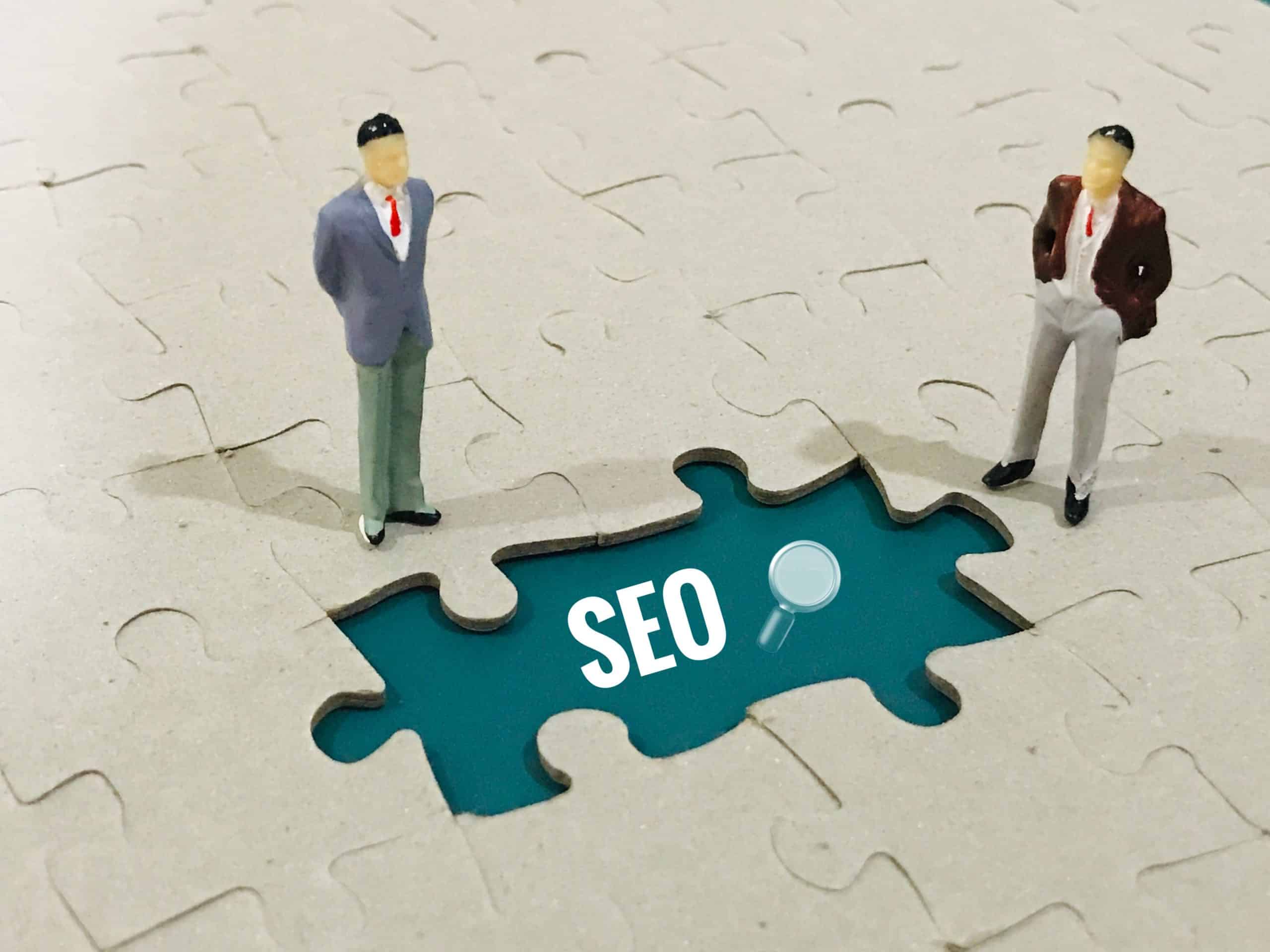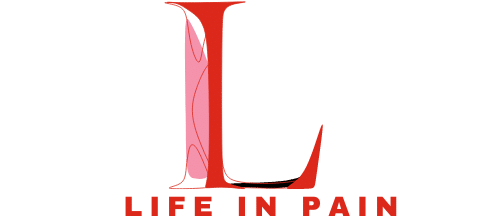How to Implement Cost-Effective Digital Advertising Strategies?

In the digital era, the way businesses reach out to their potential consumers has drastically shifted. No longer are traditional methods of advertising, like television commercials or billboards, the only effective ways to boost visibility and product awareness. Instead, digital advertising has emerged as a frontrunner in the marketing landscape. This form of advertising leverages online platforms and digital technologies to promote brand, products or services. However, a common challenge businesses face is how to execute cost-effective strategies. Understanding the right techniques can significantly reduce costs while increasing the effectiveness of your advertising efforts.
Understanding your Audience
Before delving into the intricacies of digital advertising, it’s essential to understand your target audience. Investing time and resources into comprehensive market research can save you money in the long run. By understanding your audience’s needs, preferences, and online behavior, you can create more targeted and effective advertising campaigns.
Lire également : What Nutritional Changes Can Help Manage Polycystic Ovary Syndrome (PCOS)?
Market research involves gathering information about your consumers’ demographics, interests, and behaviors. This data can be collected through social media insights, Google Analytics, and customer feedback. Tools like Google’s Keyword Planner can help you understand what your potential customers are searching for online.
Upon gathering this data, segment your audience into different groups based on their characteristics and behaviors. Personalize your advertisements to these specific audience segments. This not only increases the relevancy of your ads but also improves your return on investment (ROI) by delivering high-quality leads.
Lire également : What Are the Best Practices for Data Analytics in Small Business?
Creating Engaging Content
Quality content is the heart of digital advertising. Engaging, useful, and relevant content can attract and retain an audience more effectively than any advertising campaign. It builds credibility, enhances your brand’s image, and fosters strong relationships with your customers.
Content marketing involves creating and sharing valuable content to attract and convert prospects into customers, and customers into repeat buyers. This content can be blogs, infographics, videos, webinars, or social media posts, among others. The type of content you choose to produce should align with your audience’s interests and the platforms they spend most of their time on.
SEO, or Search Engine Optimization, is an essential aspect to consider when creating content. It involves optimizing your website and content with relevant keywords to rank higher in search engine result pages (SERPs). An effective SEO strategy can lead to increased organic traffic to your website, reducing the need for costly paid ads.
Utilizing Social Media Platforms
Social media platforms provide businesses of all sizes with an opportunity to reach a global audience at a relatively low cost. These platforms are an excellent medium for businesses to engage directly with their consumers, build brand awareness, and promote their products or services.
A solid social media strategy involves selecting the right platforms based on your audience’s preferences, posting regularly, and engaging with your followers. This not only increases your brand’s visibility but also builds trust and loyalty among your customers.
Paid social media advertising can also be a cost-effective option, especially for smaller businesses. This form of advertising allows you to target specific audience segments based on their demographics, interests, and behaviors. Thus, ensuring your ads are seen by those most likely to be interested in your product or service.
Leveraging Digital Advertising Tools
There are various digital advertising tools available that can streamline your marketing efforts and reduce costs. These tools can automate tedious tasks, provide valuable insights into your campaigns’ performance, and help you optimize your strategies.
Google AdWords is a popular tool for running pay-per-click (PPC) campaigns. It allows you to bid on keywords relevant to your business, and your ads will appear in the Google search results when someone searches for these keywords. This tool also provides detailed analytics that can help you track your campaign’s performance and make necessary adjustments.
Email marketing tools, like MailChimp or Constant Contact, can help you manage your email campaigns effectively. These tools allow you to create and send out mass emails, segment your email list, and track your campaigns’ performance.
Optimizing for Mobile Devices
As more and more consumers are accessing the internet through their mobile devices, optimizing your digital advertising strategies for mobile is crucial. Mobile optimization ensures your website and ads look and function well on mobile devices, providing a seamless user experience.
This involves having a responsive website design that adapts to the screen size of the device it’s being viewed on, optimizing your site’s loading speed, and ensuring your site is easy to navigate on mobile.
In addition, consider utilizing mobile advertising strategies like in-app ads, mobile search ads, and SMS marketing. These strategies can help you reach your audience wherever they are and increase your overall campaign effectiveness.
In essence, implementing cost-effective digital advertising strategies involves understanding your audience, creating engaging content, effectively utilizing social media and digital advertising tools, and optimizing for mobile. By adopting these strategies, you can significantly improve your digital marketing efforts while keeping costs low.
Using Email Marketing to Drive Engagement
Email marketing is a potent tool in the digital advertising world that can be highly cost-effective when properly managed. Unlike other forms of advertising, email marketing allows you to maintain direct contact with your customers. It enables you to tailor your message and offers to specific audience segments, improving the chances of conversion and customer retention.
Efficient email marketing strategies include sending out newsletters, product updates, exclusive offers, and personalized recommendations. It is crucial to ensure your emails are not overly promotional but provide value to your customers. This can be through informative content, exclusive deals, or relevant updates about your products or services.
Using email marketing tools, such as MailChimp or Constant Contact, you can automate your email campaigns, segment your email list based on your audience’s behavior or preferences, and track your campaigns’ performance. These tools provide analytics on open rates, click-through-rates (CTR), and conversion rates, helping you optimize your email marketing efforts.
Email marketing is not only cost-effective but also offers a high return on investment (ROI). By leveraging this strategy, you can significantly enhance your digital marketing efforts while maintaining control over your marketing budget.
Conclusion: Maximizing Your Digital Advertising ROI
In conclusion, implementing a cost-effective digital marketing strategy involves understanding your target audience, creating engaging content, utilizing social media and digital advertising tools, and optimizing for mobile. These strategies can significantly boost your digital advertising efforts while keeping costs low and maximizing your return on investment (ROI).
Understanding your target audience is the key to creating effective digital advertising strategies. By understanding their needs, preferences, and online behavior, you can tailor your marketing efforts to reach them more effectively. Content marketing, social media, and email marketing are all excellent methods to engage your audience, build brand awareness, and promote your products or services.
Leveraging digital advertising tools can streamline your marketing efforts and provide valuable insights into your campaigns’ performance. Tools like Google AdWords and email marketing platforms can help you track your campaigns’ success and make necessary adjustments. These tools can also automate repetitive tasks, freeing up your time to focus on other aspects of your business.
Lastly, optimizing your digital advertising strategies for mobile is crucial in the digital age. More and more consumers are accessing the internet through their mobile devices, and your digital advertising efforts should reflect this trend.
In essence, with the right digital advertising strategies, you can reach a larger audience, engage them more effectively, and generate more sales while keeping your marketing costs low. Keep in mind that digital marketing is a constant learning process. Continually test, measure, and refine your strategies to stay ahead in the ever-evolving digital landscape.
